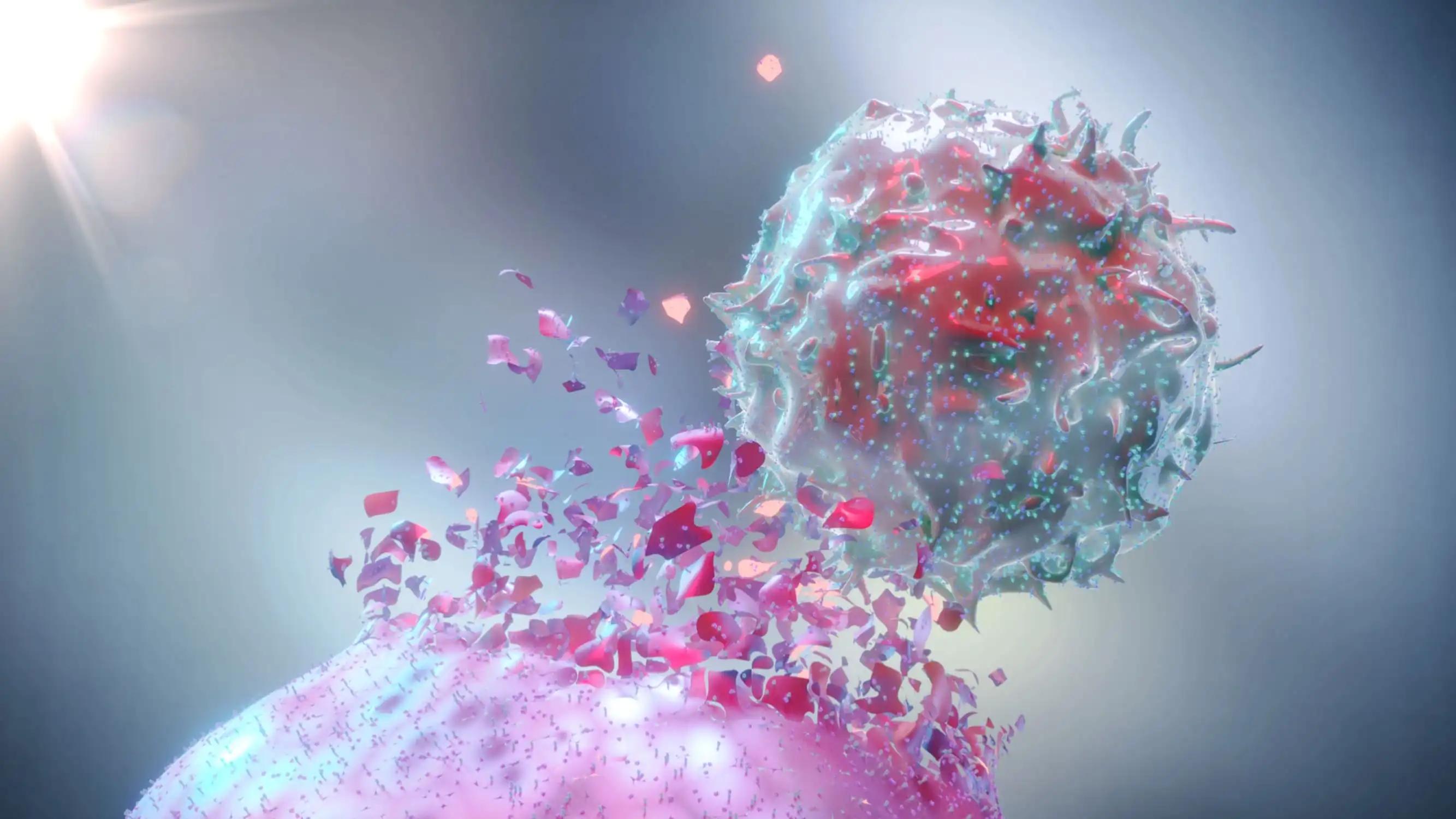KEY TAKEAWAYS
- The study aimed to investigate the carcinogenic risk of medium-dose UVA-1 phototherapy in patients with MM.
- Researchers noticed that medium-dose UVA-1 phototherapy does not increase skin tumor risk or worsen facial photoaging; further investigation is ongoing.
UVA-1 phototherapy was first used to treat atopic dermatitis and afterwards to several other skin diseases. The contribution of UVA-1 in human photocarcinogenesis, skin photoaging, immune suppression, and hyperpigmentation is now well established. The actual contribution of UVA-1 radiation to the development of malignant melanoma (MM) in humans cannot be excluded.
Davide Cosetti and the team aimed to evaluate the risk of developing skin cancers (non-melanoma skin cancers (NMSCs) and MM) in patients treated with UVA-1 phototherapy with a 5-year dermatological follow-up.
They performed an inclusive analysis in a retrospective cohort study with 31 patients diagnosed with morphea and atopic dermatitis, all of whom were treated with medium-dose UVA-1 phototherapy (34 J/cm2). The study involved annual oncologic prevention visits over a 5-year follow-up period, during which a comprehensive clinical evaluation of the entire skin surface was conducted for each patient.
About 5-year follow-up, a case of basal cell carcinoma (BCC) in the cervical region and 1 case of MM on the back (pT1a) were recorded. In both instances, the patients were female and diagnosed with morphea. The Glogau 3 group was prevalent (42%), consistent with moderate to severe aging, indicating compatibility with the age.
The study concluded that medium-dose UVA-1 phototherapy does not elevate the risk of skin tumors and does not exacerbate facial photoaging. However, the small sample size was the main limitation, precluding statistically significant findings. Individual analysis of daily sun exposure and its correlation with tumor development was also unfeasible.
Further research with larger sample sizes is necessary to validate these findings. Nonetheless, the study underscores the importance of annual dermatological examinations in monitoring patients undergoing this therapy.
No funding information was given.
Source: https://pubmed.ncbi.nlm.nih.gov/38787937/
Cosetti D, Cioppa V, Rubegni P, et qal. (2024). “Carcinogenic risk in patients treated with UVA-1 phototherapy: A 5-year retrospective study.” Photodermatol Photoimmunol Photomed. 2024 May;40(3):e12975. doi: 10.1111/phpp.12975. PMID: 38787937.



